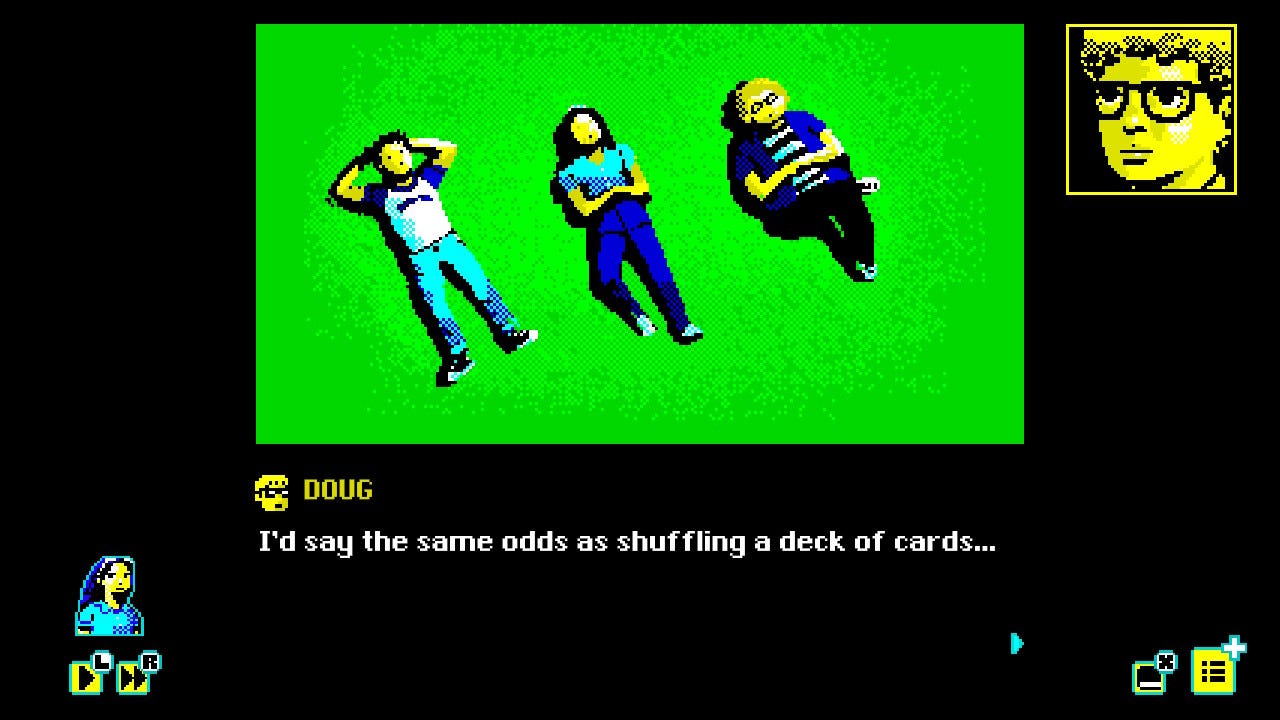
There's a moment in Varney Lake where you meet the vampire. It's early summer, 1954, and a few friends are working out what to do with the lazy days that stretch ahead. They come across a shack and wander in. And there they meet the vampire.
It's a fascinating moment, and one I shouldn't spoil. What I will say, though, is that I've played this moment again and again and I'm mesmerised by how it's handled. I'm mesmerised by all the surprising, delicate choices that have been made in the staging. The vampire is frightening, but the scene is not purely frightening. It's filled with fascination and care, by memories the characters have of the grown-ups in their lives and how they tend to react to things. And there's that brilliant juxtaposition, the dark of the shack, the bright summer sun outside. And this juxtaposition is heightened by the fact that this scene, this present, is also part of the past. It is lit by the bright, sometimes blinding sun of memory.
Varney Lake is the follow-up to Mothmen 1966, which means it is a Pixel Pulp made by an Argentinian micro-studio who love creepy things, cryptids, horror, and pulp as a sensibility, as a process for making art quickly as well as pulp as a genre or rogue's gallery of themes. Like Mothmen 1966 Varney Lake comes across as a haunted CGA game from the early 1990s PC gaming scene. It's a visual novel, with decisions that play out as you make choices through a text selection interface. The visuals are an absolute thing of glory: lurid, playful, sometimes sharply realistic, all delivered in just a handful of carefully selected and paired colours and filled with graphical noise, pixel cross-hatching, the mimeo-thick lines of cheap old Mad Magazine printing.
